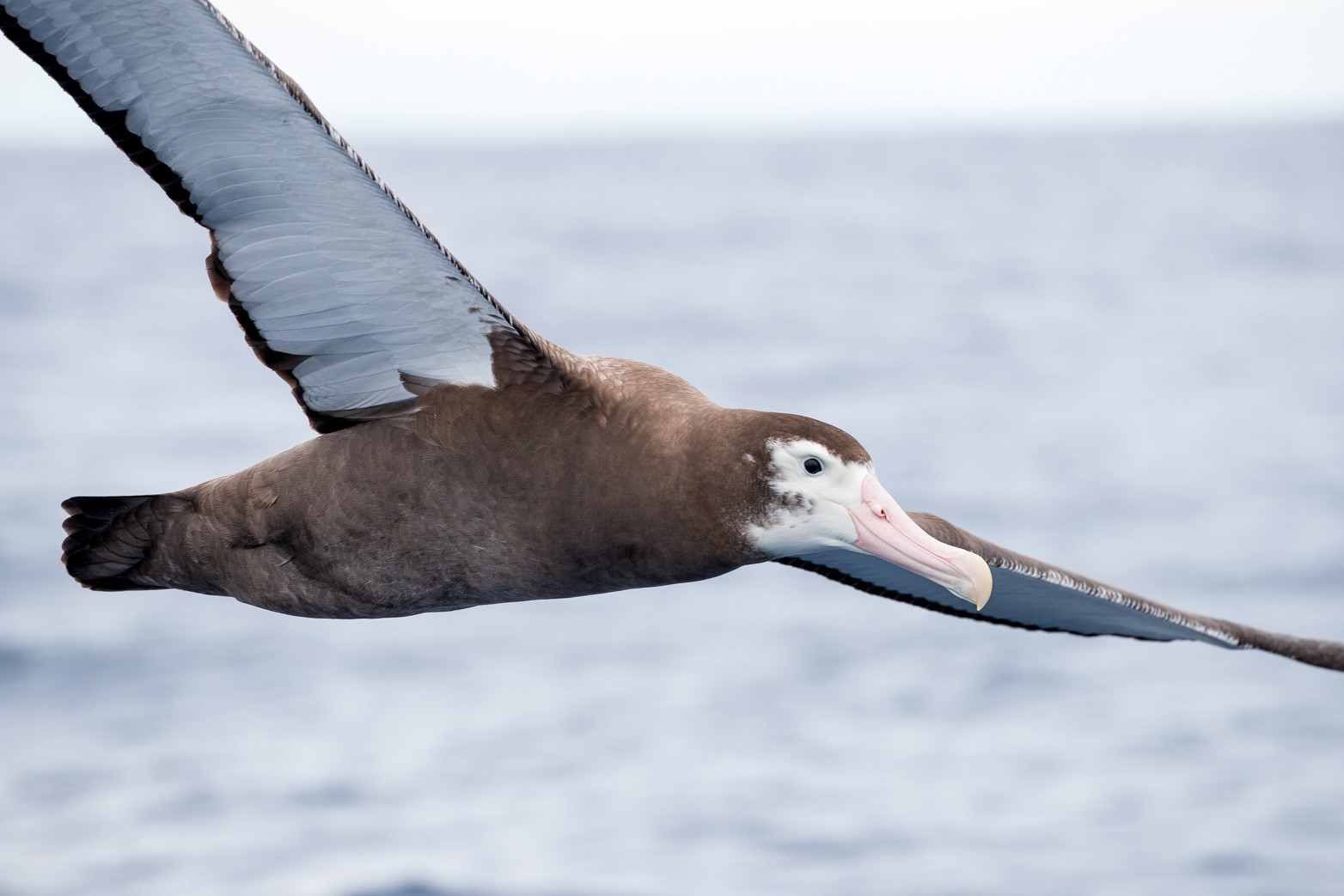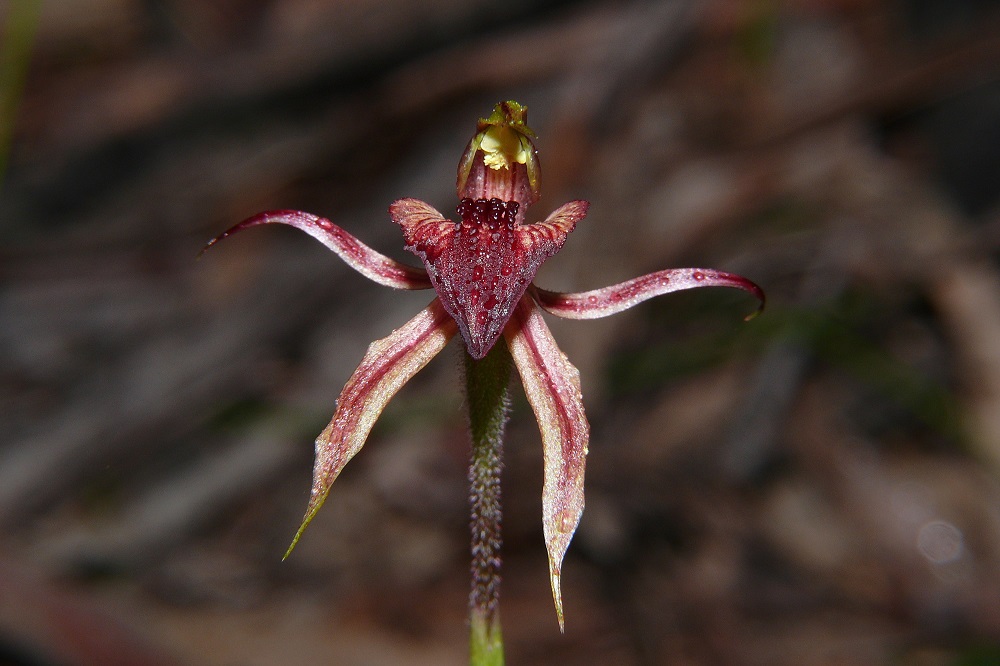
The University of Queensland-led Threatened Species Index (TSX) – a key tool for measuring Australian biodiversity – has been highlighted by the Australian Government as one of Australia’s top 50 national environmental indicators.
The online tool has been successfully measuring the relative abundance of Australia’s threatened and near-threatened species at national, state and regional levels since its launch in 2018.
TSX Coordinator Tayla Lawrie, a UQ graduate now based at the Terrestrial Ecosystem Research Network (TERN), said the TSX is vital in understanding how Australia is achieving biodiversity retention targets.
“The TSX can be used by Australia’s ecologists, environmental decision-makers, natural resource managers and citizens, to understand threatened species trends,” Ms Lawrie said.
“It includes trend data from 278 bird, mammal and plant species collected at over 10,000 sites across Australia, and these numbers are growing as new data is added each year.
“And, with that data, we can create graphs of species abundance trends through time, demonstrating whether the abundance of our threatened and near-threatened species is growing, declining or is stable.”
With the Australian Government shifting toward a ‘wellbeing budget’ model, the TSX has been recognised as a key tool in its recently released Measuring What Matters framework.
TSX scientists have applauded the move as a step in the right direction.
“Understanding changes in the abundance of Australia’s threatened species is fundamental to conserving the continent’s biodiversity,” Ms Lawrie said.
“Having information on population trends is critical to the justification, design, and evaluation of targeted conservation actions for any threatened species.

“Without up-to-date and robust estimates of population change, it’s impossible to gauge the success of conservation policies, nor measure the benefits of conservation investments or justify further targeted responses.
“This tool can give state and federal governments what they need to smartly invest in programs aimed at arresting and reversing species biodiversity decline.
“And then those decisions can be tested, seeing if they’re making a difference or if the escalating cumulative impacts of change, such as climate and land use choices, are outstripping mitigation efforts.”
Consistent use of the TSX across the nation would also allow for cross jurisdictional agreement on what exactly constitutes a threatened species and what effective threatened and at-risk species management and evaluation strategies should be implemented.
For now, the TSX continues to expand.
One such expansion is being led by UQ’s Dr Geoff Heard, who is leading a project that will increase species coverage by compiling data on frogs.
“Additionally, we’re continuing to collect data from thousands of surveys carried out by Australians, who conduct systematic and repeated monitoring of threatened species,” Dr Heard said.
“We’re excited about seeing the data help drive effective biodiversity protection policy and hopefully help protect Australia’s precious species.”
The TSX commenced under the NESP Threatened Species Recovery Hub at UQ led by Professor Hugh Possingham, coming under TERN management in 2021.
Over the past two years, improvements to the TSX have been undertaken in consultation with the Australian Government Department of Climate Change, Energy, the Environment and Water.
Media: Faculty of Science Media, science.media@uq.edu.au, +61 438 162 687.



